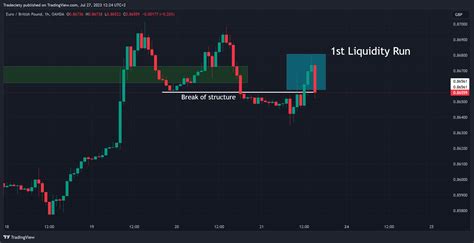Title: The Rise of Cryptocurrency: Understanding the Concept of Bullish, Fiat, and Liquidity Mining
Introduction

The world of cryptocurrency has experienced a significant surge in recent years, with millions of investors flocking to the space in search of high returns. At the heart of this trend lies a complex set of concepts that can be confusing for even seasoned investors. In this article, we will delve into the world of cryptocurrency and explore three key components: Bullish, Fiat, and Liquidity Mining.
What is Bullish?
Bullish refers to an investment strategy where you buy assets at a low price with the expectation of selling them at a higher price in the future. In the context of cryptocurrencies, a bullish investor would purchase Bitcoin (BTC) or other altcoins at a low price, hoping that their value will rise as more people join the market and demand for them increases.
What is Fiat?
Fiat currency refers to currencies issued by governments and central banks that are backed by some form of tangible asset, such as gold. Cryptocurrencies, like Bitcoin, operate on a decentralized ledger called blockchain technology, which allows transactions to be recorded without the need for intermediaries like banks.
In the context of fiat, cryptocurrency is not considered “fiat” because it operates independently of government control and is not pegged to any physical currency. Instead, cryptocurrencies are designed to be decentralized, transparent, and secure, with their own supply mechanisms in place to prevent inflation or manipulation.
What is Liquidity Mining?
Liquidity mining is an approach to cryptocurrency that involves investing a small amount of funds in the hopes of earning interest on them while still participating in the broader market. This approach allows investors to access liquidity without having to hold large amounts of capital, which can be useful for those who want to trade or invest in cryptocurrencies but do not have enough money set aside.
Liquidity mining typically involves staking a certain amount of cryptocurrency (or tokens) and earning interest on it while participating in the broader market. The idea is that by doing so, investors will still benefit from the growth of the overall market, even if they aren’t holding as much capital as other investors. Liquidity mining can be done through various platforms, such as decentralized exchanges or community-driven projects.
The Benefits and Risks of Cryptocurrency Investing
Investing in cryptocurrency comes with its own set of benefits and risks. Some of the key advantages include:
- Potential for high returns: Cryptocurrencies have experienced significant price appreciation in recent years, making them a popular choice among investors seeking high returns.
- Decentralized and secure: Cryptocurrencies operate on a decentralized ledger technology, which makes them resistant to censorship and tampering.
- Liquidity mining: Liquidity mining can provide access to liquidity without having to hold large amounts of capital.
However, investing in cryptocurrency also comes with significant risks:
- Volatility: Cryptocurrency prices are known for their volatility, which can result in significant losses if not managed properly.
- Regulatory uncertainty: Governments and regulatory bodies around the world are still figuring out how to approach cryptocurrencies, which can create uncertainty and risk for investors.
- Security risks: Investing in cryptocurrency carries security risks, including hacking and phishing attacks.
Conclusion
Cryptocurrency investing is a complex space that requires a deep understanding of its underlying mechanics. Bullish, Fiat, and Liquidity Mining are three key concepts that play a crucial role in this world.



